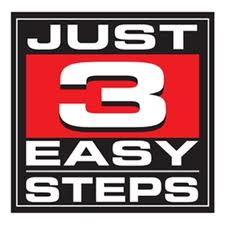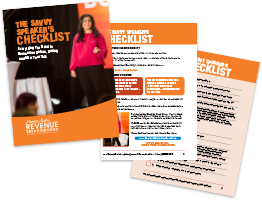Just Say No – 3 Steps to Creating Boundaries and Keeping Them
 You spend an extra 15 minutes on the phone with a client. Then the next thing you know you are late to your next appointment. You try to tell yourself that you are OK, but you end up feeling awful about keeping that person waiting.
You spend an extra 15 minutes on the phone with a client. Then the next thing you know you are late to your next appointment. You try to tell yourself that you are OK, but you end up feeling awful about keeping that person waiting.
Your client asks you to create a document that she really should do on her own. You say sure, I’ll have it to you by tomorrow. What you don’t remember is that you already have tons of work to do that night. So you end up staying late to finish it and it still takes you 2 days to work on. You end up feeling bitter and wondering why clients are just so hard sometimes.
You finish a sales session. You are happy that you have a new client, but you negotiated your prices a little too low. Now that feeling of dread starts to creep in and you find yourself doing work with a client, but feeling undervalued in what you are providing.
Do any of the above sound familiar? I could go on and on. But what they all have in common is a lack of boundaries. If you don’t understand your own boundaries around time, content and money – you’ll find that your clients are always testing you.
Here are 3 steps to get you started in creating and maintaining clear boundaries:
1. Decide the days of the week that you want to work with clients and the hours in the day. Now here’s where everybody fails – make a list of exceptions. Why are you willing to work with someone outside of your rules. Then you’ve got to stick to it. When someone asks when you take clients – either she falls into your working hours. Or she is an allowable exception.
Realize that by saying No if she doesn’t fit, you are creating space for other clients who are a better fit.
2. Decide the kind of content you are willing to promise to your clients. This all includes the kinds of services you offer them. What kinds of things are you willing to give and what things fall outside of their package. Make a clear list and stick to it.
Know that if a client wants extra help, she must be wiling to pay extra for it You showing your clients clear boundaries will also help them create them in their own lives. You lead by example.
3. Write down your prices and practice saying them aloud before your sales sessions. Once you say your prices, make sure you stop talking. Don’t try to ease the pain of your potential client.
Decide ahead of time – are you willing to negotiate on prices at all. If the answer is no – great. Then stick to it and be willing to let your client walk away. Again, that just creates room for clients who can pay your full price.
If you are willing to negotiate, then write down your lowest price. Do not under any circumstances go under this price. Be willing to say No, this isn’t working and simply walk away. At the end of the day, the most important thing is sticking to your own boundaries and learning to trust yourself and your instincts.
This is just the beginning of learning to create and keep your boundaries. There are so many other areas where boundaries are important. How do you want to be treated? How often are your available? You can start with the three above and then continue to get clearer and clearer.
Just remember, at the end of the day it is always better to pre-frame, rather than reframe. So once you get clear on your boundaries, let your clients know ahead of time. That way there are no surprises and everyone is on the same page.
Leave me a comment and let me know what you think.







